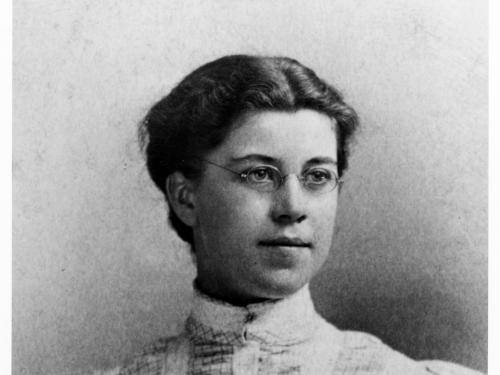

Stories of daring, stories of technological feats, stories of prevailing against the odds ... these are the stories we tell at the National Air and Space Museum. Dive in to the stories below to discover, learn, and be inspired.
Showing 101 - 110 of 701

June 05, 2023
The healing power of art.

June 05, 2023
The latest news in aviation and space.

June 02, 2023
Discover the process behind the conservation treatment of a set of batteries that Samuel Langley used in laboratory experiments, providing power to Langley’s later aviation and scientific experiments.

May 26, 2023
On January 30, 1942, the Army Air Corps awarded Northrop a contract to build two XP-61 prototypes. Rediscover the Northrop P-61 Black Widow aircraft in part two of the blog series.

May 18, 2023
As a cub in the 1930s, Gilmore made aviation history when he traveled around the United States with the flamboyant and colorful aviator Roscoe Turner as a mascot for the Gilmore Oil Company. This is the second in a three-part blog series about the conservation treatment of Gilmore the Flying Lion. Explore how the Museum balanced caring for the original taxidermy with the goal to present Gilmore as lifelike as possible.

March 31, 2023
Katharine Wright played an important role in the early US aviation industry. The younger sister of Wilbur and Orville Wright, inventors of the first heavier-than-air powered aircraft, she was a key representative within the Wright Company.

March 29, 2023
From forgotten trailblazers to unsung heroes, the stories of these three lesser-known women in aviation are a testament to the power of perseverance, determination, and a love of flight.

March 22, 2023
Navy pilots recall the final, frenetic days of the air war over Vietnam.

March 22, 2023
A small group of enthusiasts keeps World War I airplanes aloft.

March 22, 2023
The development of Microsoft's desktop computer Flight Simulator.